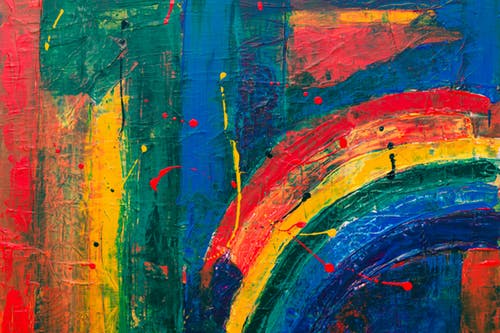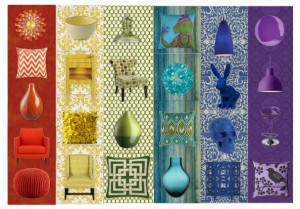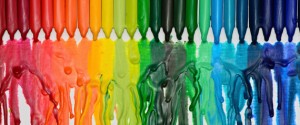The psychology behind color simply gives an insight into what various colors stand for and how they affect us.
It would interest you to know that color has an influence on perception and people do not notice this. For example, people are attracted to colorful foods than the others that are less-colorful.
So, the first thing they will notice is the color before considering the possible taste of the food.
When it comes to placebo effect of drugs or stimulants, you will discover that a good number of them are either red or orange. When people see these substances, the color gives them the impression that they are fit to give the precise expected effects.
Color is a powerful tool that aids in communication and it has an influence on the mood and emotions of a person in quite some ways. Basically, it gives visual clarification to an ambiguous quality.
There are various reactions you can get when you take a look at colors and this includes enthusiasm, happiness, delight, fear, courage and enthusiasm.
So, it is correct to say that colors can be used to show emotions accurately and showing a certain color can have an effect on the mood without you realizing.
The summary below shows some colors and the feelings attached to them:
Blue: This color is linked with the power of concentration. Seeing this color helps you feel relaxed and gives you a sense of security and safety. One of the reasons why blue color is commonly used in classrooms is because, it helps students to be focused.
Red: The color Red, comes with passion and excitement. It induces energy, vigor, enthusiasm and drive. Red color also gives off negative feelings like danger and depression.
Green: The color Green helps your mind relax, and it is used to show nature and its effects. Green is also associated with Good luck and a feeling of renewal.
Yellow: Yellow is used to stimulate positive behaviors, reviving the mind of the individual and capturing their attention.



